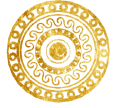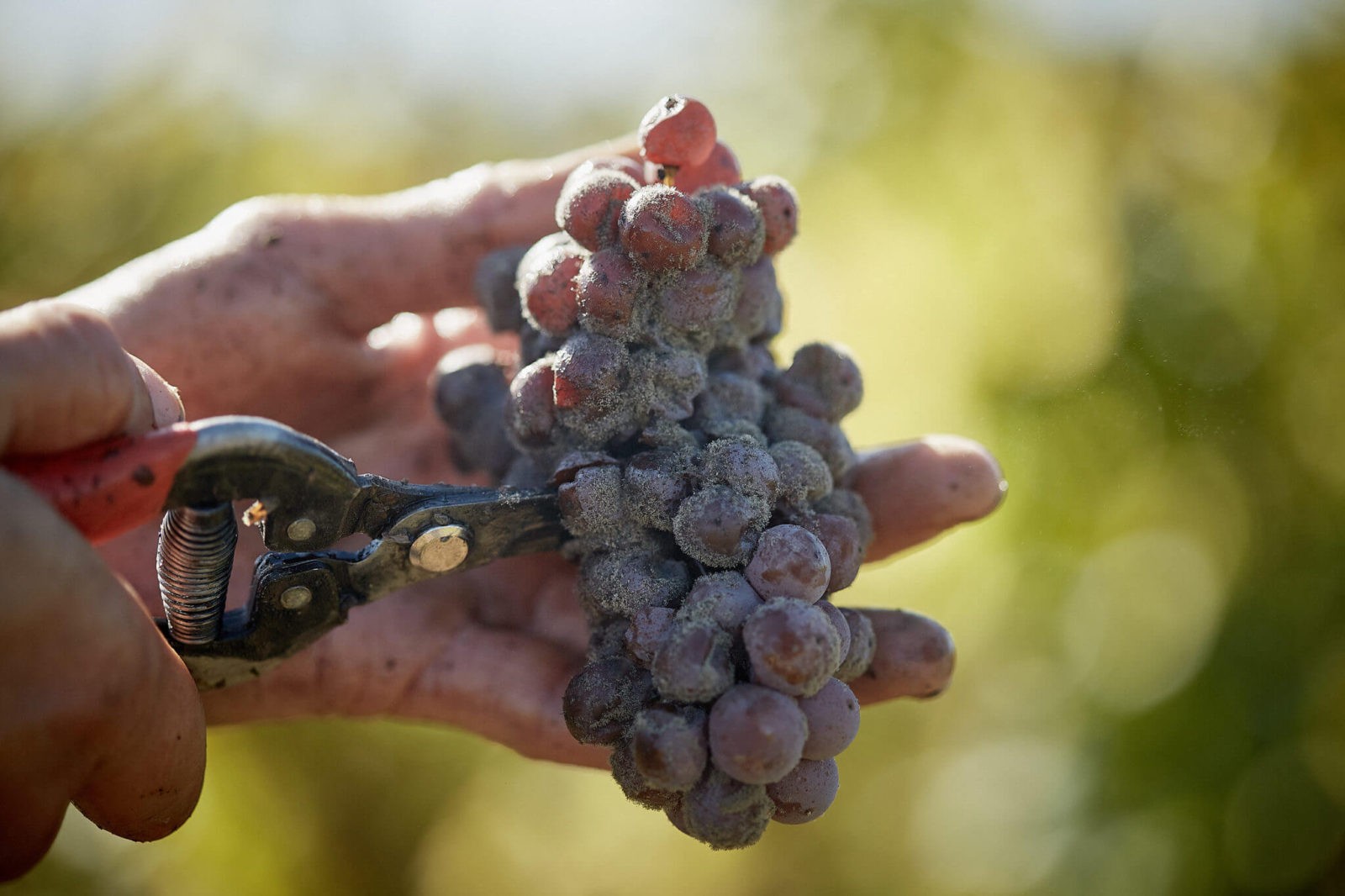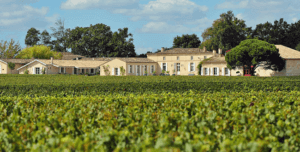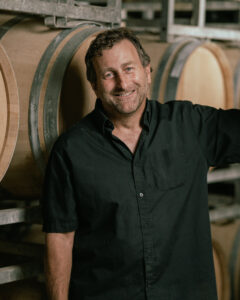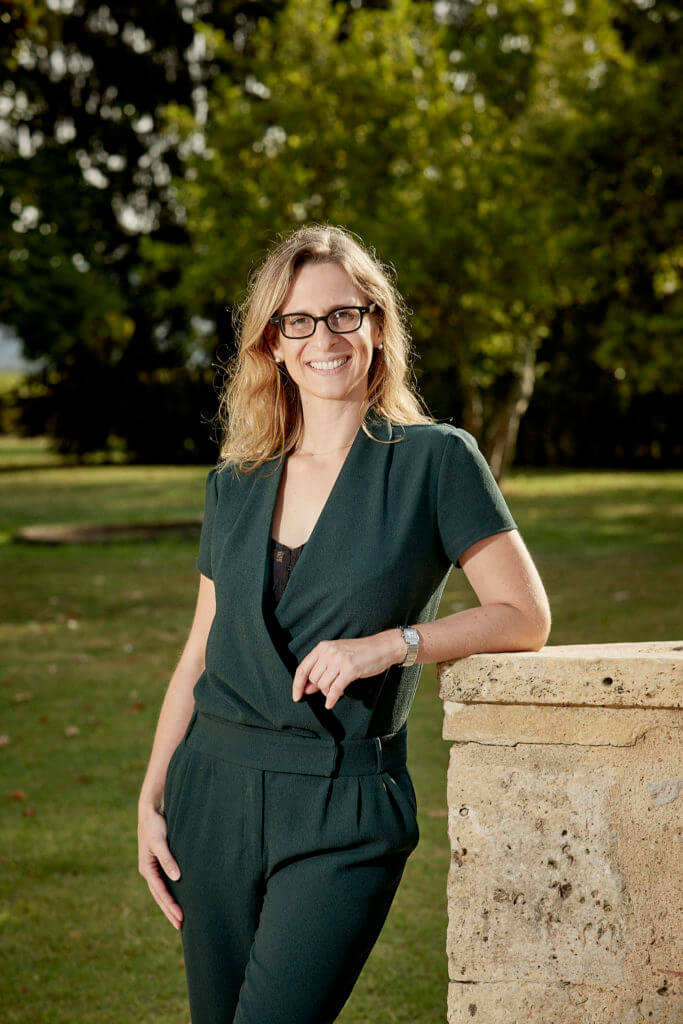
Aline Baly Discusses Chateau Coutet
(Podcast Link to Come)
In this interview, Aline Baly discusses Chateau Coutet
Note: This is a transcript of a podcast interview that took place in 2019
Marisa D’Vari, interviewer, speaks ….
“I first met Aline Baly in Bordeaux, perhaps a decade ago.
Every year, Bordeaux offers key wine journalists an “early look” at the new vintage.
That year, Aline had volunteered the chateau she co-owns with her uncle, Chateau Coutet, as a place for all the international journalists to taste the wine of Sauternes.”
Grand Chateau
The Chateau Coutet looks exactly like our collective imaginations expect a 1st Growth Chateau to appear.
Majestic.
Like the castle it is.
More About Aline Baly
Aline is half-American.
She has been educated in the best universities.
Her education and her passion for classic white Bordeaux wine plays an enormous role in the success of her family’s wine.
More about Chateau Coutet
Aline’s French, Alsace-based grandfather purchased Chateau Coutet in 1977.
In the interview transcript below, you will discover what motivated the French-born, American-raised Aline to decide to devote her future to the chateau.
Unique Terroir of Chateau Coutet and its Vineyards
Like many ancient Bordeaux chateaux, it has the appearance of a majestic castle.
The limestone and clay terroir here is what makes Chateau Coutet so special.
This is true its famed sweet wine from the Barsac appellation.
And for the dry wine which must legally fall under the Bordeaux AOC.
I’ve visited the estate and its vineyards many times.
Sometimes, I can just imagine the young Aline playing in its musty, castle-like rooms before the chateau was modernized and renovated.
Aline Baly Discusses Chateau Coutet
For my podcast series, I interviewed Aline Baly.
What follows here is transcription of our conversation.
In the transcription below, Aline will explain:
- The history of her family;
- How her studies at university and graduate school helped shaped the future success of Chateau Coutet;
- The single hour that made her decide to change her life and help her uncle with Chateau Coutet;
- Aline’s early success with social media to communicate news of the chateau and region
- The reason behind Aline’s decision to push to make a prestigious dry wine from the Barsac region
- How Sauternes and Barsac wine is being enjoyed in Asia;
- The best food pairings for wine from Barsac and Sauternes (it’s not what you think)
- How to spend the perfect day in Sauternes.
The Aline Baly Chateau Coutet Transcript
(please note that my posed questions are in bold font. Aline Baly’s response is in italics)
Hello everyone. Welcome to the show.
Today I have the pleasure of introducing Aline Baly, co-owner and manager of Chateau Couteau in Barsac.
Aline is the third generation owner of Chateau Coutet in Barsac.
“Hi. Marisa. Thanks for having me.”
Now you’re American. Many people might think it’s unusual for an American to be an owner of a chateau. Aline, how did that come about?
“Actually, I’m French American. I was born in France but I grew up in the States.
My family’s story started in the 1970s.
My French grandfather from the Alsace region was visiting Bordeaux.
A friend introduced him to Chateau Coutet.
The chateau was for sale, and his friend teased him that he would never be able to manage a 1st cru classified growth.
My grandfather was a very entrepreneurial character and you never tell an entrepreneur what they can and can not do.
And so, he took the bet bought the chateau in 1977.
The first few years were very difficult.
He had a lot to learn. But there was a staff on the property who were very helpful.
He brought my father, and my father’s brother (my uncle, who is co-owner with me today) to work on the property.
And from those days they always had two generations working side by side at Chateau Coutet.
I came on board in 2008, after finishing my MBA.”
How old were you the first time you saw the Chateau?
“I have pictures of myself as a baby at the chateau.
But we did not visit the chateau very often when I was a child.
Our family was not from the Bordeaux area.
They were from Alsace.
Every so often my grandparents would go there on vacation and we would come down to join them.
My real discovery about Chateau Coutet was as an adult.
I decided to make the move from Chicago to Bordeaux.”
Aline Baly Discusses Her Education
A lot of people do not know you went to the Kellogg school of Management and had some top level positions before you decided to take up … what would you call it? The country life?
“It is a very different life for sure than what I had prepared myself for.
I majored in economics and international relations.
I started my career in the pharmaceutical industry, specifically bioscience.
My choice to go to business school was a desire that I had.
I specifically wanted to major in marketing and the school I went to had many different experiences.
Then I went to London to help my uncle (co-owner of Chateau Coutet with Aline) with a tasting.
He doesn’t speak English so I was there as a translator.
It was then that I realized that the stories I told people at the tasting about our family and our regions history was a lot of fun.
I realized that I wanted to be a part of it.
When I told this to my uncle, he looked at me and said “we’ll see.”
The fact he didn’t think I can do it made me want to do it more.
Then between my first and second year of business school I did an internship with one of the first classified growths in the Medoc.
I had such an amazing experience it was then that I decided to join my uncle full time.
It’s been a great time. My uncle is really my teacher.
I learned a lot. I didn’t know how to make wine. My Kellogg experience helped me with the marketing.”
Today everyone takes social media for granted. But you pride yourself on bringing social media to the chateau.
“At Kellogg in 2006 I played with all the tools.
I started applying twitter and Facebook very early on at the chateau.
I focused on that along with tastings and dinners.
In any job, in any industry, I would have done social media as part of my job. It was very natural way to get your message out and communicate with people.
I still remember my first couple of years people were asking me “what am I supposed to do with social media?” And now, ten years later, everyone can see the value in it.
A lot of Chateaux, small and large, are on the social platforms available to them.”
Aline, a few years ago there was an initiative to organize events for people under 40.
“I remember that initiative. Sauternes represents less than 2% of Bordeaux’s surface area and less than 1% of production.
You have to remember it’s a very rare wine.
It’s difficult to find an opportunity to taste these wines.
Any tasting or wine dinner whether they are just focusing on Sauternes or include Sauternes is a great way to get the word out there.
It is a great way to get the word out. We love having people come to see us. But we have to remember less people are going to come to see us than we will see them when we are on the road.”
Are sweet Bordeaux wines popular in Asia?
“Every year I go out there the wines are more and more popular.
Everyone loves sweet wines regardless of which country. People have never had wine from Sauternes and Barsac.
In our case Chateau Coutet has a very traditional consumer base because of our distribution history.
More so than today the chateau is owned by a French American family.
In Asia less people know about Chateau Coutet than they do in the United States.
But each time I go to Asia there is more interest and they are more open to drinking these wines with savory foods. The appellation has been working on this.”
Historically Sauternes was served at the beginning of the meal. If you looked at the culinary history of Bordeaux you will see that Sauternes is traditionally served with Foie Gras, at the beginning of the meal.
“On Sundays you often find families drinking these golden wines with their poultry. You also have evidence of oyster pairings at the beginning of the meal.
The dessert pairing is due to the English who developed the habit of serving Sauternes at the end of the meal.
Many people do not realize the English presence in Bordeaux was very strong for a very long time.”
A few years ago you launched the limited production of a dry wine. How did that come about?
“My uncle and I had many hours of brainstorming. When I arrived in Bordeaux in 2008 we had some vines in another appellation that were making a dry wine that was good but not great.
So I came home and told my uncle ‘we are a first classified wine. I can’t have a dry white that is not on par with our name. I can’t waste my time with this. Please help me with the support of our technical partners to develop a dry white that is representative of the terroir of Barsac.
The technical team loved the idea.
With the knowledge of our terror (clay and limestone) we knew we could make a refreshing wine.
Limestone is key to making a dry white.
That freshness that you think of in a dry white, and we have it.
The name “Coutet” comes from the word knife in French.
So we have the acidity and freshness that cuts the sweetness.
The whole team thought it would be great to capture that freshness and showcase it in a dry white.
The team also loved the fact that when we are doing master classes we could use the dry wine in a tasting alongside the sweet wine to showcase what botrytis brings to our sweet wine.
We only make 3000 – 4,000 bottles of Opalie.
We do this through a row selection.
If you look at the vineyard of Chauteau Coutet it is 95 acres.
It is broken into specific parcels.
And we have specific parcels that are dedicated into making Opalie.
So during harvest, those specific rows are picked to make the dry wine Opalie.
And then the rest is devoted to the sweet wine.
So we will follow a typical harvest and go through the vineyard multiple times and pick berry by berry for the botrytis”
If experts taste your dry white Opalie against a dry white wine from Graves, do you think they can taste the difference?
“We’ve had a lot of people tell us that when they taste Opalie it is a difference than anything else they’ve tasted in Bordeaux.
I think it is not fair to compare Opalie with any other appellation in Bordeaux.
It is a dry white that truly represents the vivacity of the Chateau Coutet terroir.”
Chateau Coutet Label Design of Opalie
What went into the label design?
“We kept it simple.
There’s a link to the table we associate with our sweet wine.
We have the element of the lions and Opalie with an O for a visual effect.
The design label is a huge challenge. It required market testing and strategy and a great designer.”
In terms of where it’s sold, mostly restaurants?
“Currently you will find it mostly in fine wine retailers and traditional markets like the USA, Japan, Australia, UK.
We only have 3000 bottles and places where she’s had the chance to visit the countries and show the wines.
Fans of Opalie are people who enjoy expanding beyond the sweet wines.”
You’re always coming to America to pour wine at events. What surprises you?
“I find a lot of first time tasters.
Over the years I find more and more people come by and compare their experiences with the vintages.
Everyone is excited to get to their table especially if they’ve been tasting lots of red wines with a lot of tannins.
They are looking for something sweet and refreshing.”
How do you pair Chateau Coutet with food?
“My favorite is pairing is Coutet with a lobster.
The sweet lobster meat with the sweet wine goes well.
I recommend this pairing with turkey.
That is a great family story where my mom’s turkey was extremely dry when we moved to the USA so we would pour Coutet to contrast with the dry turkey.
A simple butter sauce for the lobster is perfect.
You can also do sea scallops with a lemon ginger sauce. These are things that come to mind.
The turkey anything that has a winter spice component would work really great. A lot of these wines when they are young have a lot of ginger on the palate, especially the Coutet.
When the Coutet are older they are dried almond, gingerbread characteristic.”
Finally tourism is booming in Bordeaux. What is a perfect day?
“Over the 10 past years I hosted a lot of friends and put together their agenda for the day.
There are plenty of things to do.
Vineyard visits and culinary experiences. You can have a casual meal or a fine dining experience at a Michelin restaurant.
A vineyard visit in the morning and another in the afternoon.
Do not go beyond two visits a day so you have enough time to enjoy.
At Coutet we have a visit that you can try the different grape varieties from the region.
We make jellies and then we talk about the characteristcs of the grapes, or verticals.”
Thank you, Aline!
You might also like —
